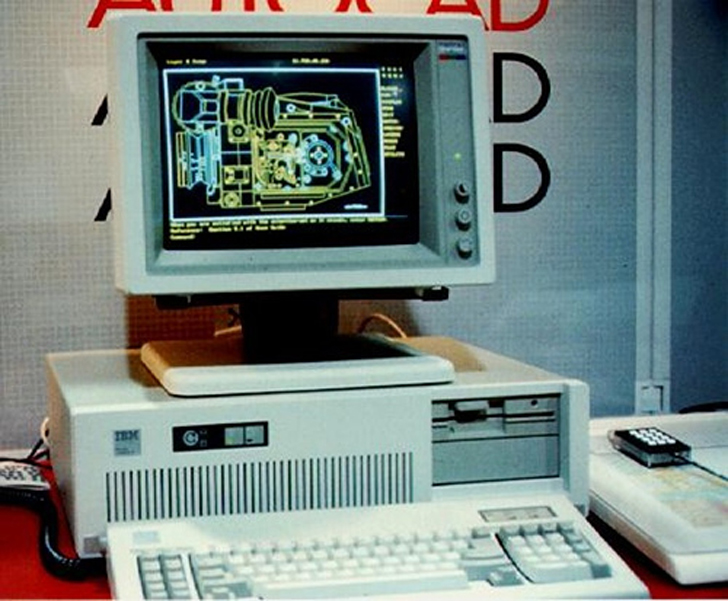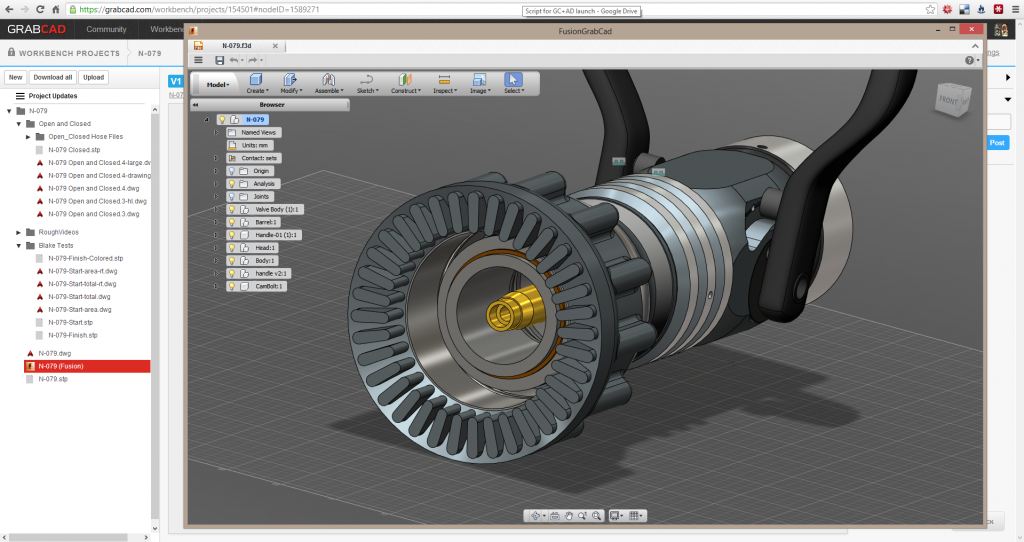Given the size and software-focus of Autodesk, it would be hard to pin the tech company’s newly announced plan to lay off 10% of its workforce, 925 employees, to the deflation of the 3D printing hype bubble. Instead, Autodesk, describes the layoffs as part of a “restructuring plan” to move from physical software to a cloud-based, subscription model.

While Autodesk began as the inventor of AutoCAD in 1982, the company has since developed a wide range of software for 3D design across multiple platforms. With the launch of the Ember 3D printer, the company made its first moves into hardware as a means of supporting their larger Spark 3D printing platform. And, with Stingray, Autodesk expanded from more traditionally engineering design to game design, as well.
Increasingly, powerful and expensive software platforms have been forced to move to cloud-based, subscription models after the explosion of software piracy and low-cost apps, making previous models with such high price tags seem ludicrous by comparison. Adobe has shifted from high-priced software licenses to a subscription model and Autodesk has slowly been shifting to the cloud, as well. Therefore, the same money is not being earned through software as once was.
CEO Carl bass said of the layoffs, “As we progress through our business model transition, we continue to take a comprehensive look at our company to see where we can be more effective and efficient. To realize maximum value for both our customers and shareholders, and as a follow-on to previously discussed cost reduction actions, we are restructuring so we can focus resources on areas that will accelerate the move to the cloud and transition to a subscription-based business.”
He continued, “To be clear, the restructuring announced today is not related to anything we are seeing in the macro-economic environment. We ended fiscal 2016 on a high note with very strong fourth-quarter billings growth and continued demand for our subscription offerings. Solid revenues, coupled with continued cost-controls, led to better than expected non-GAAP EPS during the quarter. I’m pleased we were able to deliver these results at such a critical moment in Autodesk’s transition.”
In other words, despite the decision to lay off a chunk of its workforce, the company is still achieving strong earnings. The number of employees being let go are not quite so large as those displaced by HP, which numbers in the tens of thousands. Still, whenever lay offs with large corporations occur, its hard for me not to think of other ways that those employees’ jobs may have been spared if executive pay were cut by some amount.
For instance, in 2015, Bass earned a total of $11,040,453 in compensation, including stocks and salary. Based on Glassdoor information, Autodesk employees are paid pretty well overall, with summer interns even earning above a living wage and most other employees taking in $70k and above. Therefore, to spare, say, 925 employees earning $100k each, Autodesk would have to find $92.5 million or so. In this case, it would be difficult to save all of those jobs from executive pay cuts alone, even if Bass and his fellow executives (all earning about $2 million each) were reduced by half, though it’s possible that 100 jobs could have been saved. For everyone else, they would have to cut the salary of all other employees, too. Not unthinkable, but, in the case of Autodesk, the decision to lay people off seems less callous than as has occurred with other large corporations. And, given the decent pay they offer their employees, it’s possible that the severance packages weren’t too bad, though I can’t seem to find out how much they could be anywhere online.


Leave A Comment